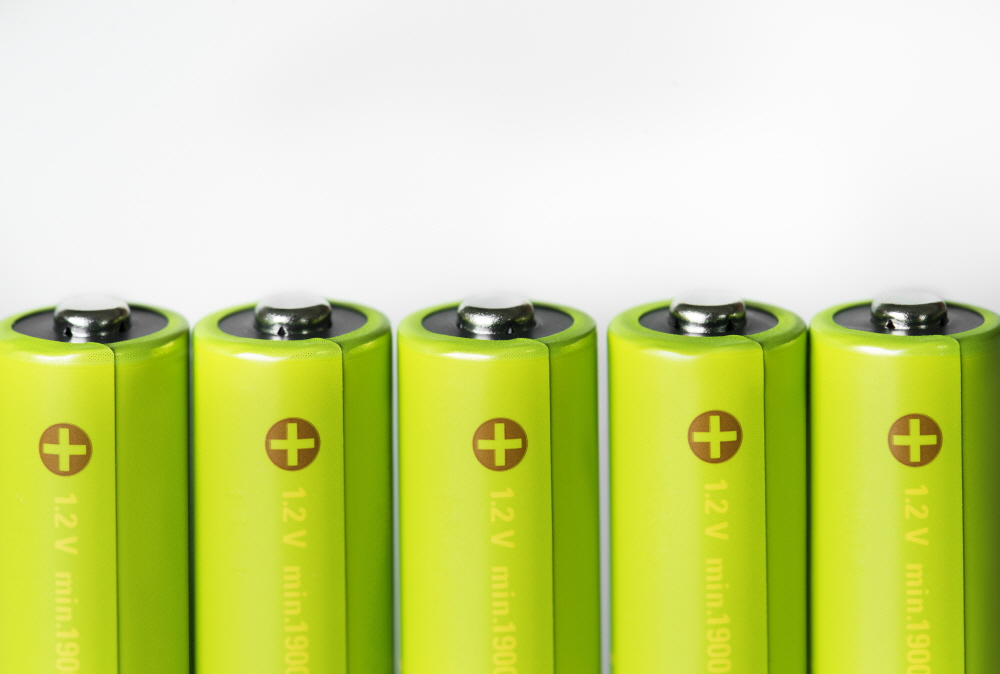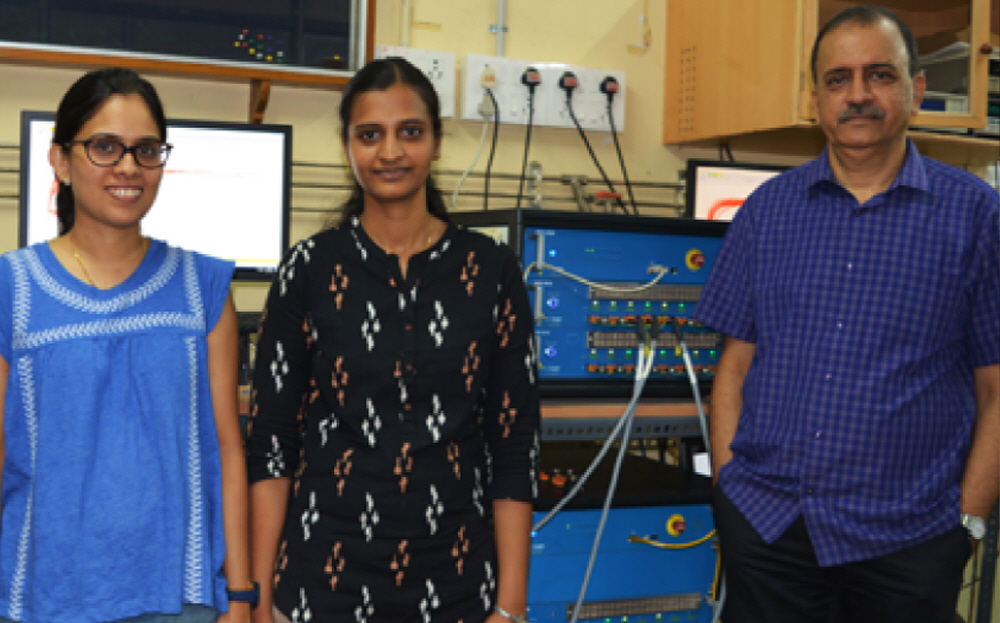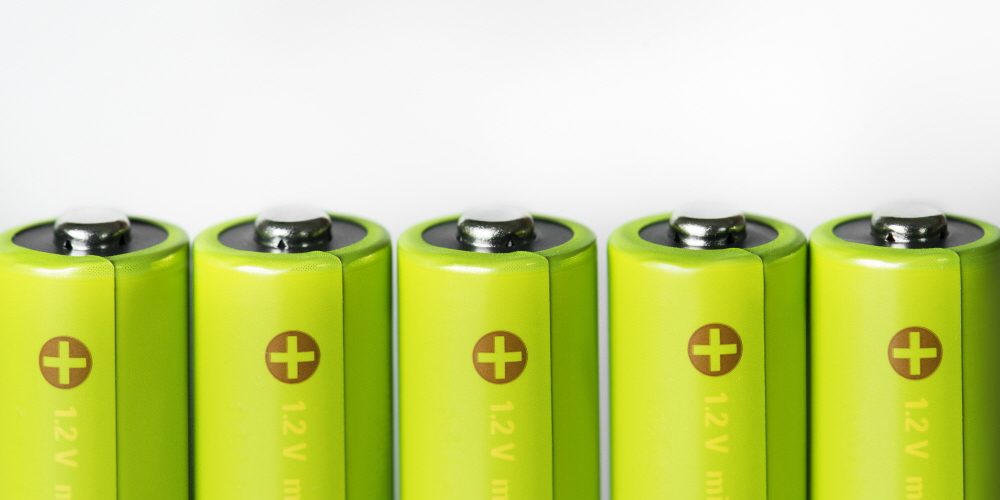
Lithium-ion batteries have a high environmental load and the price is rising due to demand. For this reason, the development of an alternative battery is required. In the midst of this, a rechargeable iron ion battery using iron, which has been overlooked so far, has been developed and attracts attention.
Lithium-ion batteries are used in various electronic devices because of their high energy density, but they need overcharge protection and short circuit protection. Manufacturing also has all sorts of problems, such as polluting the environment using toxic chemicals when mining minerals that require a large amount of water. In addition, there is a problem that the price of lithium-ion batteries is increasing due to increasing demand, so the development of new batteries that meet energy demand is an urgent need.
Meanwhile, a research team at Madras Institute of Technology in India announced that it has developed a new iron-ion battery. Instead of lithium, the research team used iron as a means of ionic charge. Iron is cheaper than other metals, has an ionic radius as small as lithium ions, and has a higher redox potential than lithium ions. However, it has been overlooked as a rechargeable metal ion battery material so far.

The research team started developing an iron ion battery, but there was a task to develop an electrolyte suitable for the battery. The developed iron ion battery used a metal oxide for one electrode and mild steel for the other electrode. Through this, it has succeeded in making 60% performance of lithium-ion batteries.
It is said that iron does not become a dendrite shape during charging, so it is difficult to cause a short circuit. Therefore, it is more cost-effective than lithium-ion batteries and lowers the risk of short circuits. In addition, when manufacturing a lithium-ion battery, it must be carried out in a controlled environment due to the reaction characteristics of lithium, which leads to an increase in manufacturing cost. In contrast, iron-ion batteries can be manufactured in natural atmosphere. In their experiments, the research team showed that iron-ion batteries made in a natural environment provide 72% performance of iron-ion batteries made in a controlled environment.
This study is the first to prove that iron can be used as a charge carrier for ions. As of August, the iron ion battery is capable of charging and discharging 150 cycles, and the capacity retention rate after 50 cycles was 54%. Meanwhile, the energy density is 220 watt-hour kilograms, but it is expected to provide a high energy density by repeating optimization and testing. Related information can be found here .


















Add comment